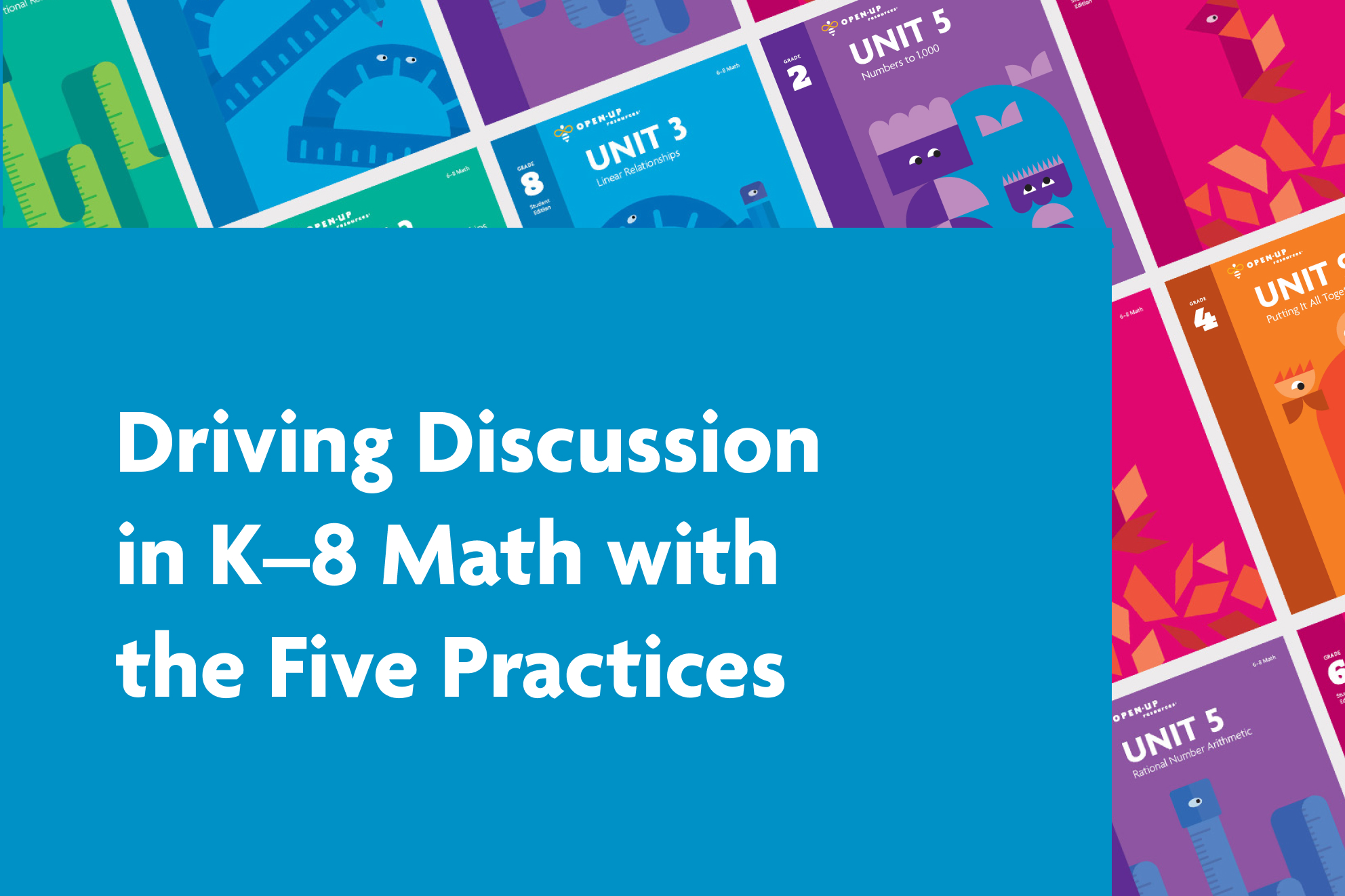Help & Support
How Can We Help?
Wherever you are on your implementation journey, we are here to support you.
Billing
For all inquiries related to accounts and billing, please contact billing@openup.org or click below.
Contact Support
Select a topic to get started. To contact sales or learn more about Professional Learning click here.













